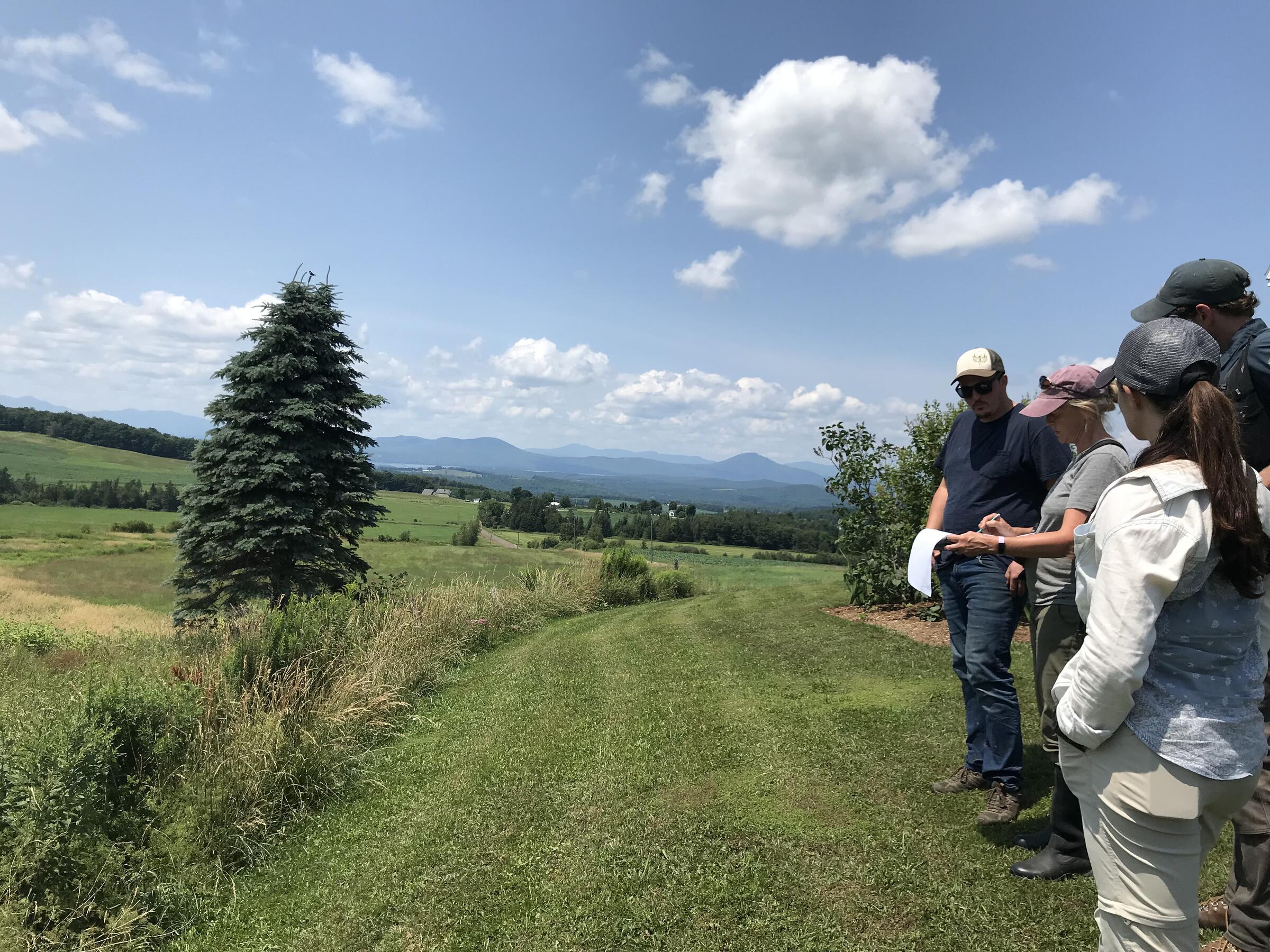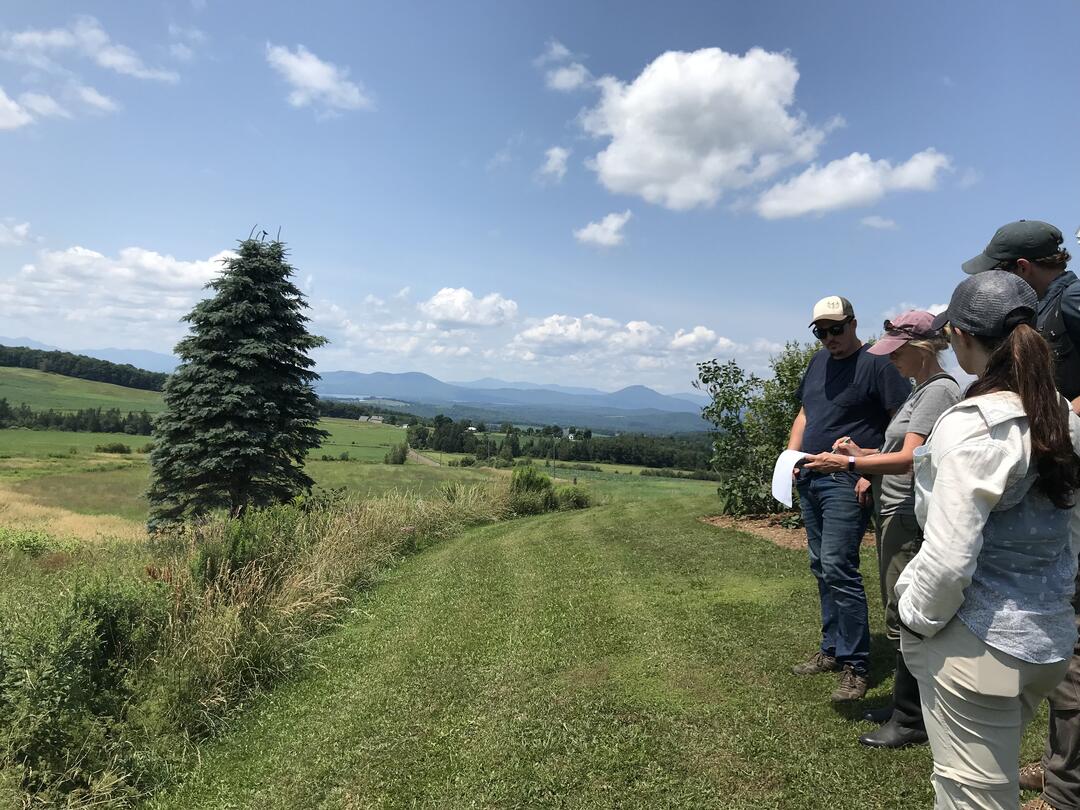Growing up as a ski racer in the Northeast, I looked forward to enjoying Vermont’s incredible spring skiing at Stowe’s Sugar Slalom. The annual race that takes place in early April is a fun competition that marks the beginning of spring and maple sugaring season. As a kid, good spring skiing always felt like a given. But in recent years, the effects of climate change have made April skiing notably much less reliable. With drastic temperature changes day-by-day, I’ve gotten used to seeing snow melt away with an unseasonably warm day, before suddenly refreezing when the temperature drops below zero, or rain will suddenly wash away the base of snow built up throughout the season. This damaging impact on the ski season is just one of the many ways that climate change has affected our day-to-day lives, and adaptation going forward is key.
Here in Vermont, and around the world, as we work to adapt to the challenges that climate change presents, implementing natural climate solutions is essential. The state has already begun carrying out some great natural climate solutions such as wetland protection and restoration. By restoring our wetlands, not only protect our ecosystems that are important to birds and biodiversity, but we invest in climate adaptation via the flood protection and carbon sequestration that wetlands provide.
The Vermont Wetlands Program works to ensure that wetlands in Vermont are being protected so that they can carry out their essential ecological functions. As we look towards the future of climate change mitigation, we should scale up current efforts like the Wetlands Program and look for more ways to implement as many natural climate solutions as possible.
Another major opportunity we have in Vermont to use natural solutions to combat climate change is on our agricultural lands. Some states, like New Mexico and Washington, have already introduced legislation that we can look to for inspiration. New Mexico’s Healthy Soils Act promotes sustainable farming techniques to improve soil health, which then allows the soil to better carry out its natural functions for years to come. In Washington, SB 5947 created the Sustainable Farms and Fields grant program, which also promotes sustainable farming techniques such as planting more trees throughout farmland in order to improve carbon sequestration and biodiversity.
Our farmlands in Vermont provide lots of opportunities for implementing natural climate solutions like those that New Mexico and Washington are implementing. These solutions will benefit long-term soil health, improved biodiversity, and increased carbon sequestration. They will not only help in our efforts to adapt to climate change, but they will benefit the health of our farmlands and the ecosystems that our birds and other animals inhabit.
One of the most incredible things about the Earth is its ecological complexity. Humans cannot easily just recreate the complex functions of our environment, but we can work to enhance those functions in order to mitigate and adapt to the effects of climate change. Natural climate solutions work so well because they use natural functions exactly how they were designed to work. By protecting and restoring the natural processes that carry out these functions, we can look forward to a greener and brighter future for people, birds, and the environment as a whole, as well as a future with the great spring skiing we know and love in Vermont!






